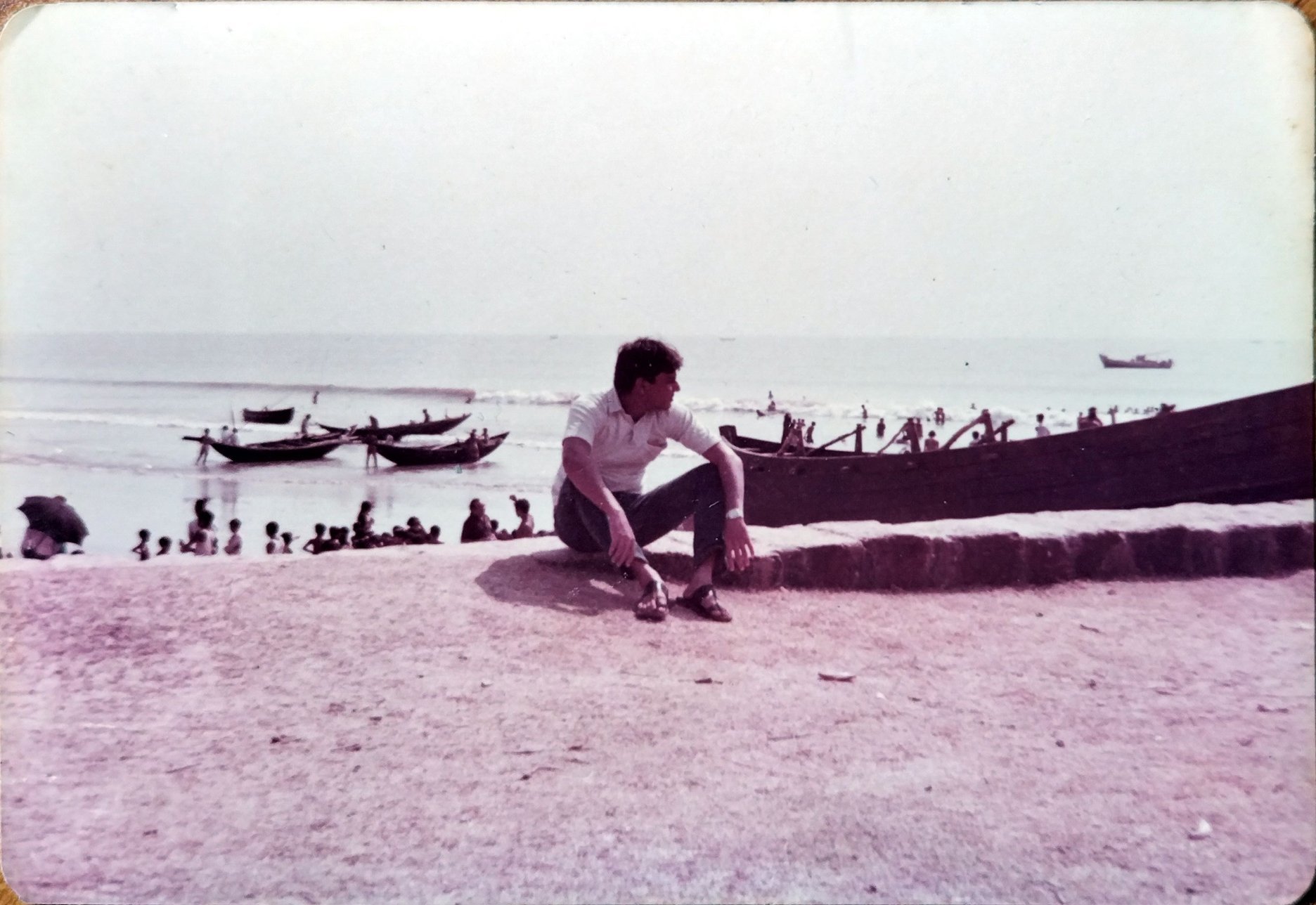A Family Recipe for Kanji Vada this Diwali

Swati Tulsiyan’s recipe for kanji vada is the winner of this year’s Diwali contest in partnership with P-TAL, a brand that works to transform traditional cookware for the modern Indian kitchen.
Kanji vada has been a tradition in the family for over 70 years now. I learnt how to make it from my mum, and she learnt it from her mum. We make it every Holi and Diwali, to share with family and friends. In fact, because it is so deeply beloved, we serve kanji vada to visitors, neighbours, and family friends at home, instead of the usual Diwali sweets.
To the best of my knowledge, this recipe comes from Rajasthan. The climate of Rajasthan being what it is, (ie, very hot!) fermented kanji water helps keep the body cool. I also believe this recipe is significant during Diwali because it balances all the sweet and fried foods that come with the festive season. Kanji Vada is light on the stomach, and the fermented water helps maintain gut health.
Every Diwali I get calls from friends who have moved cities, because they miss this vada. And every Diwali I miss being with my mother; because although I make her kanji vada, it is never the same as when she makes it.
SWATI TULSIYAN’S RECIPE FOR KANJI VADA
Makes 15-16 vadas
Ingredients
To make Kanji
4 tbsp red mustard seeds, powdered (if you don’t have powder, simply grind the mustard in a mixer using little water)
1 tbsp fennel seeds
1 tbsp red chilli powder
Salt, to taste
Method
Mix the ingredients in 2 – 3 litres of drinking water, and set aside for 24 hours, allowing time for fermentation. Ideally, make the kanji a day prior to making the vadas.
To make Vada
250 g yellow moong dal
4-5 green chillies (or more, if you prefer it spicy)
Soak the dal overnight (or for a minimum for 4-6 hours.
½ inch knob of ginger
Hing, a pinch
1 tbsp coriander powder
½ tbsp red chilli powder
½ tbsp coriander seeds
Baking soda, a pinch (for fluffy vadas)
Salt to taste
Method
Wash and rinse the dal well, and drain the water. In the jar of mixer, add in the dal, green chillies, ginger, and hing
Grind coarsely without adding any water. The batter should not be runny.
this vada is made using the yellow moong dal). A lot of people use urad daal or geeen moong, but I would suggest try it out with the yellow moong.
Add in the coriander powder, seeds, red chilli powder, baking soda and salt to the batter
In a wok, heat enough mustard oil to deep fry.
Take a flat round steel spatula and put that in the oil for the base to heat up. Once the spatula base is heated, sprinkle water on it and then put the batter on it and pat it (just like mendu vada but this is without the hole in the centre). Aim for smaller sizes if you are a beginner.
Put the spatula with the batter in the oil, as soon as it starts cooking you will see the batter separates from the spatula on its own, and floats in the oil.
A few things to keep in mind -
*If spatula is not hot enough while you put the batter on it, batter will stick to it and not release in the oil
*The oil should be heated well but not boiling. You can test by putting a pea size batter and if it sticks at the bottom that means the oil is not hot enough.
*There has to be enough oil in the kadai for the spatula to immerse completely
Once the vada is golden brown, take it out of the oil and place on a tissue paper. Let the paper absorb the excess oil and then add the vada in the Kanji water.
The water takes about 12 hours to get tangy. If you make it in the morning, let it sit out all day, and then put it in the fridge overnight. It will be ready to eat next day.
To serve
Place a vada in a plate. Using a knife, make a slit both vertically and horizontally. Pour a little kanji water over it. Sprinkle some salt, chilli powder and roasted cumin powder.
Tastes best when eaten straight out of the fridge.
If you like dahi vads, take a vada in a plate without the kanji, add sweet curd, tamarind paste and sprinkle with salt, chilli powder and roasted cumin powder.
Cook’s Tips
For the authentic taste of the vada, fry it in cold pressed mustard oil
Prepare your kanji in an aluminium vessel or glass. Since the water gets tangy it may spoil the steel vessel.
Banner image credit: Envato
This recipe feature is part of The Beautiful Indian Kitchen campaign, a year-long celebration of the Indian kitchen and its various facets — both traditional and modern.
ALSO ON THE GOYA JOURNAL







